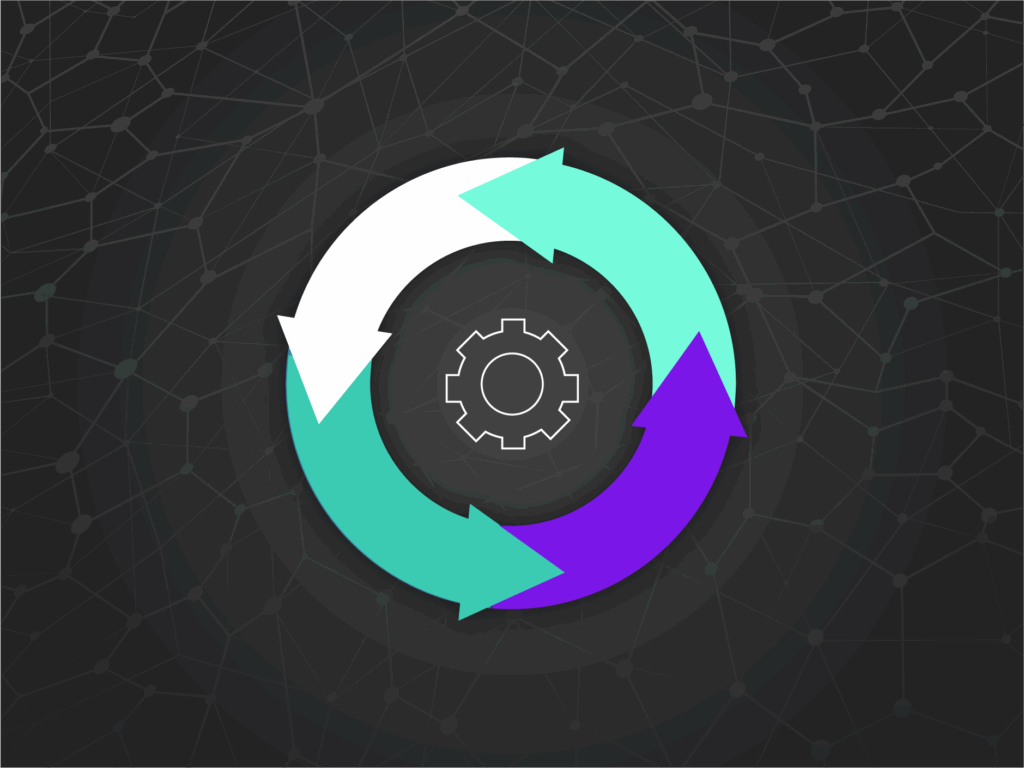Software integration occurs when combining different software systems or components to work together as a unified whole. Its goal is to ensure that disparate systems can seamlessly exchange data and operate in coordination. It can involve linking existing systems, applications, or services to function as a cohesive unit, often enhancing overall performance, functionality, and efficiency.
Some examples of software integrations include:
- E-commerce Platform and Payment Gateway Integration:
Online businesses often integrate e-commerce platforms like Shopify or WooCommerce with payment gateways (PayPal or Stripe). This integration streamlines the checkout process, allowing customers to add items to their cart, proceed to checkout, and securely complete transactions using various payment methods.
- CRM and Email Marketing Integration:
Businesses enhance customer relationship management by integrating CRM systems like Salesforce with email marketing tools like Mailchimp or HubSpot. This integration automates the synchronization of customer contact information, purchase history, and engagement data, empowering marketing teams to create targeted email campaigns based on customer behavior. The result is more personalized and effective communication, with marketing efforts aligned with customer interactions tracked within the CRM system.
The Lifecycle of a Software Integration
This integration journey typically encompasses several key phases:
Assessment and Planning
Analysis of Requirements:
Identify the specific needs and objectives driving the integration. Understand the functionalities required and the systems involved.
Evaluation of Integration Methods:
Explore various integration approaches such as point-to-point integration, middleware-based integration, or APIs (Application Programming Interfaces) to determine the most suitable method.
Design and Development
Architectural Design:
Create an all-encompassing integration architecture plan that clearly defines how various systems will communicate and interact with each other.
Customization and Configuration:
Tailor the integration solution according to the specific needs of the integrated systems, which may involve developing custom code or configuring existing tools.
Testing and Quality Assurance
Unit Testing:
Test individual components or modules to ensure they function correctly in isolation.
Integration Testing:
Verify the seamless interaction between integrated components to validate the overall functionality and data flow.
Quality Assurance
Perform thorough checks to ensure the integrated system meets performance, security, and usability standards.
Deployment and Implementation
Rollout Strategy:
Plan a deployment strategy, whether it’s a phased rollout or a complete system implementation, ensuring minimal disruption to ongoing operations.
Installation and Configuration:
Deploy the integration solution into the live environment and configure it to work within the existing infrastructure.
Monitoring and Optimization
Performance Monitoring:
Continuously monitor the integrated system to identify any performance issues or bottlenecks that may arise.
Iterative Optimization:
Make necessary adjustments or enhancements based on monitoring data to improve system performance, efficiency, and scalability.
Maintenance and Support
Regular Updates and Patches:
Provide regular updates, patches, and fixes to ensure the integrated systems remain up-to-date and secure.
User Support:
Offer ongoing support and troubleshooting assistance to users encountering issues with the integrated system.
Evaluation and Evolution
Performance Evaluation:
Periodically assess the integration’s performance against predefined metrics to ensure it meets organizational goals.
Adaptation and Evolution:
Adapt the integration solution as needed based on changing business requirements, technological advancements, or evolving user needs.
By navigating through these stages meticulously, software integration can evolve into a seamless, efficient, and valuable asset within an organization’s tech ecosystem, fostering improved functionality, data flow, and overall operational efficiency.
If you´re looking into new opportunities in your business, our team of experts can point you in the right direction. Send us an email to sales@kenility.com to learn more.






